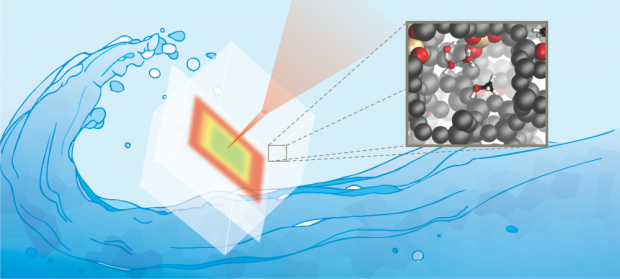Suppression of the Aromatic Cycle in Methanol-to-Olefins Reaction over ZSM-5 by Post-Synthetic Modification Using Calcium
Abstract
Incorporation of Ca in ZSM-5 results in a twofold increase of propylene selectivity (53 %), a total light-olefin selectivity of 90 %, and a nine times longer catalyst lifetime (throughput 792 gMeOH gcatalyst−1) in the methanol-to-olefins (MTO) reaction. Analysis of the product distribution and theoretical calculations reveal that post-synthetic modification with Ca2+ leads to the formation of CaOCaOH+ that strongly weaken the acid strength of the zeolite. As a result, the rate of hydride transfer and oligomerization reactions on these sites is greatly reduced, resulting in the suppression of the aromatic cycle. Our results further highlight the importance of acid strength on product selectivity and zeolite lifetime in MTO chemistry.

